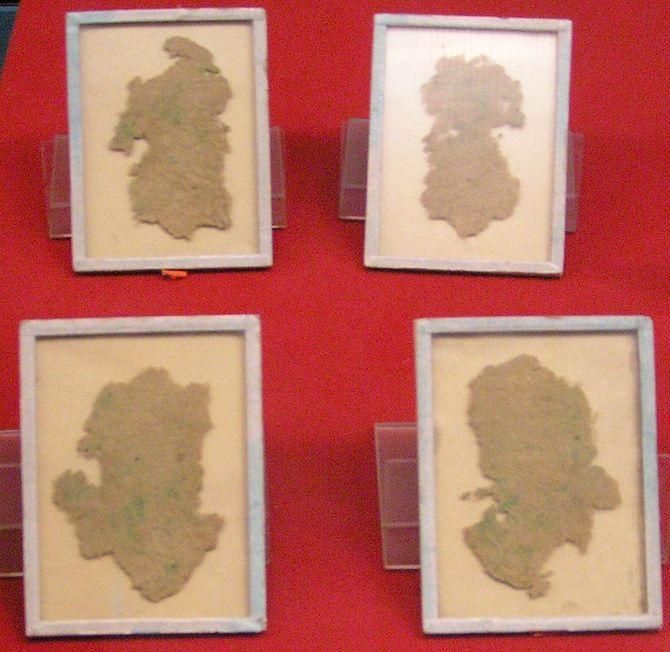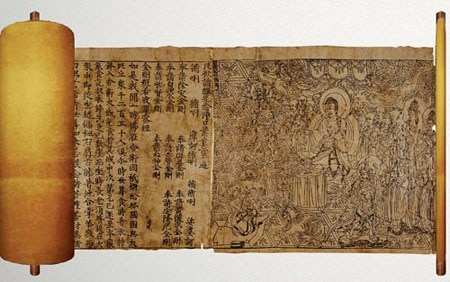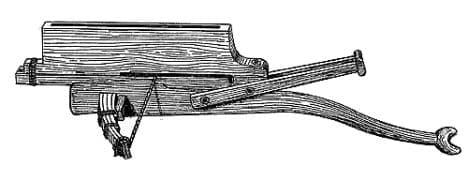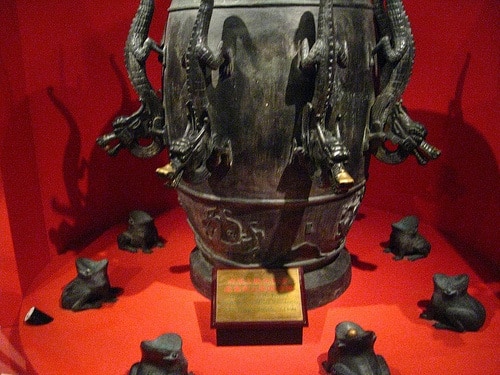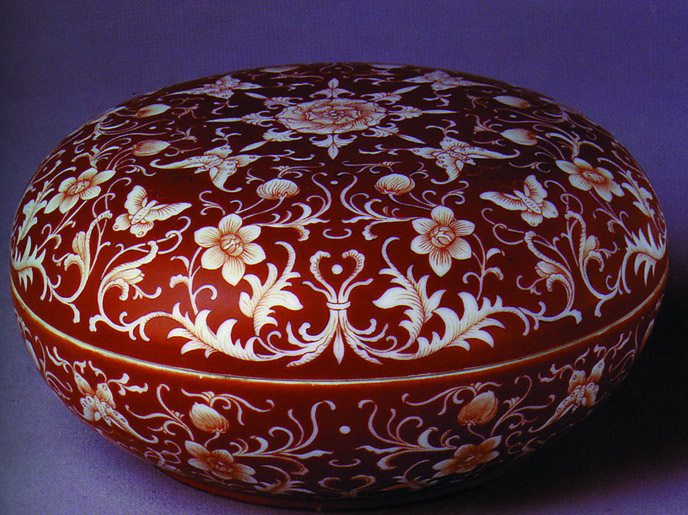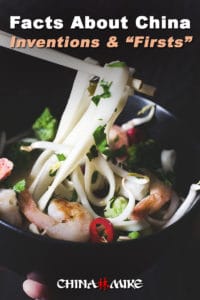Interested in finding out what the Chinese inventions are and “firsts” that the country is known for?
For much of the last century, China has earned a reputation of being a copycat with low-quality knockoffs. “Made in China” was not something to be proud of. Justified as this may be, it hasn’t always been this way.
Throughout China’s 5,000 years of history, they have been known for some very interesting “firsts” and some truly revolutionary inventions.
Below is a collection of the most important – and the most crazy – inventions that have been attributed to China.
Chinese Inventions | Food and Drink
It should come as no surprise that China is known for developing different foods and drinks that we know today. I mean, we all love Chinese food, right?
But what you might find interesting is what they claim to be purely Chinese inventions. Here are just a couple.
China Invented Noodles
According to a discovery made near China’s Yellow River in 2005, China invented noodles 4,000 years ago.
Here’s what they looked like, and you’ll be forgiven if you wonder how the archaeologists realized these were actually noodles.

These thin, yellow noodles were found inside a sealed bowl in a place in northwestern China known as “Lajia”.
China Claims to Have Invented Ice Cream
It’s important to note that several countries claim to have invented ice cream. China is just one of many.
And when China says “ice cream”, what they’re referring to is a frozen recipe of milk, a rice mixture and snow that was developed back in 200 BC.
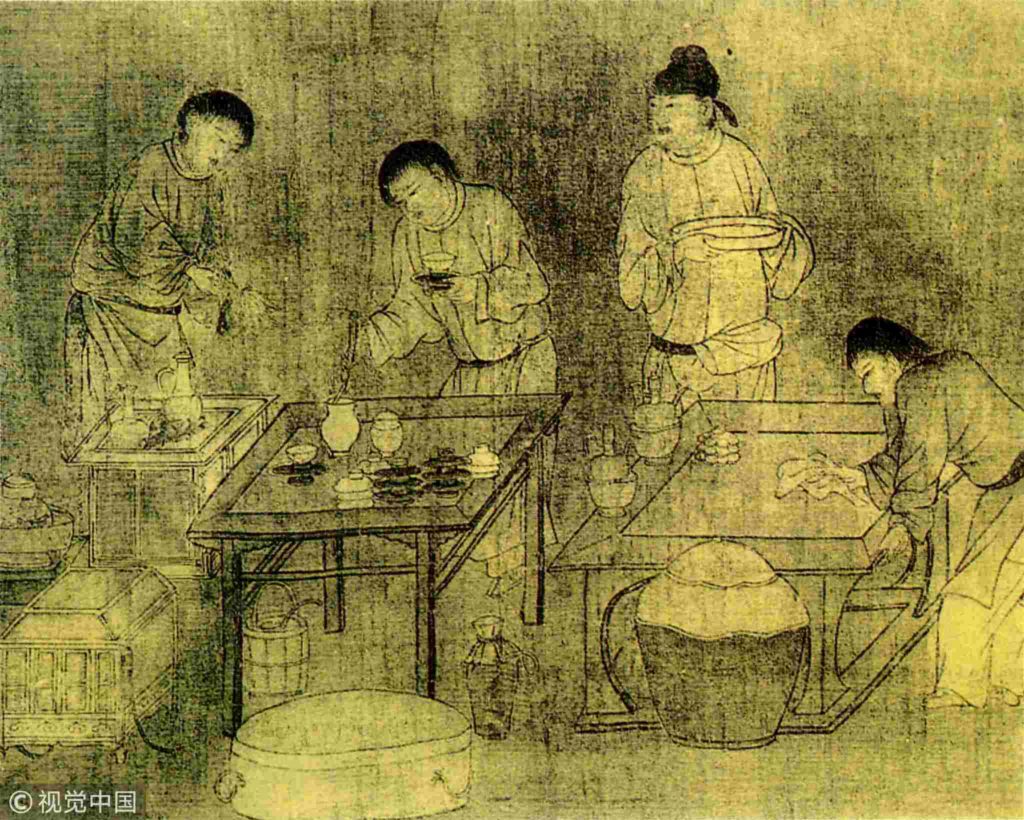
Keep in mind that this is a far cry from the ice cream you know and love today. Still, it probably provided the same refreshing feeling during a hot Chinese summer!
China Invented Tea (or “Discovered Tea”?)
According to Chinese legend, tea was first discovered in 2737 BCE (yes, you read that right) who preferred to have his water boiled before drinking.
A dead leave somehow fell into his water and tea was accidentally discovered as a beverage.
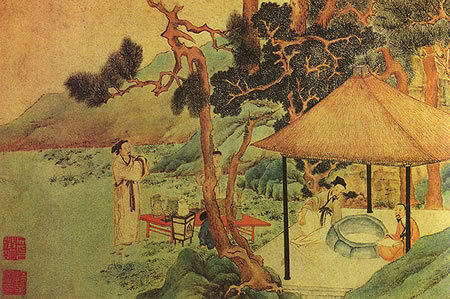
China is home to the earliest surviving records of tea drinking, dating back to the first millennium BC.
Chinese records show that tea was used medicinally during the Han Dynasty (206 BC–220 AD) but didn’t gain widespread popularity as a beverage until the around the Tang Dynasty (618–907 AD).
Chinese Inventions | Paper Products
It’s difficult to think of a world without paper products, but it’s true!
Paper had to be invented, and these are the products that China claims to to be Chinese inventions first.
China Invented Paper Money
Did you know that China was the first recorded society to use paper money?
It’s true! We have historical records showing paper money during the Tang Dynasty in the 7th century. It’s use evolved from merchant receipts of deposit and was widely printed by the government after a copper shortage.
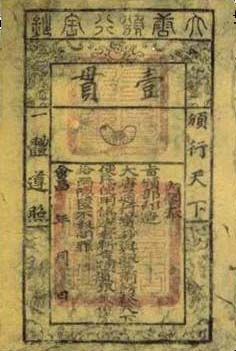
As you can see above, the paper money was fairly rudimentary, but it did the job.
China Invented Toilet Paper
Interestingly, the first documented use of toilet paper dates back to the 6th century in China.
However, this toilet paper was only used by the Imperial Court (i.e. the Chinese emperor and his family). It is believed that the following discoveries are scraps of toilet paper. No, seriously.
Records show that by the early 14th century, millions of toilet paper packages were being mass-produced in China annually.
China Produced the First Book
The world’s oldest surviving book is Chinese. It’s a Buddhist text called the Diamond Sutra, which bears the date 868 AD.
Along with other printed manuscripts, the book was discovered in 1907 in a walled-up cave in Dunhang (north-west China) and is on display at the British Library.
Even before the development of paper, the Chinese were using woodblock printing to print on silk, which is amazing.
The earliest surviving woodblock printed are silk fragments that date back to the Han Dynasty.
Before this (as in 3,000 years ago), Chinese were recording events in a written language on what are known as Oracle Bones.
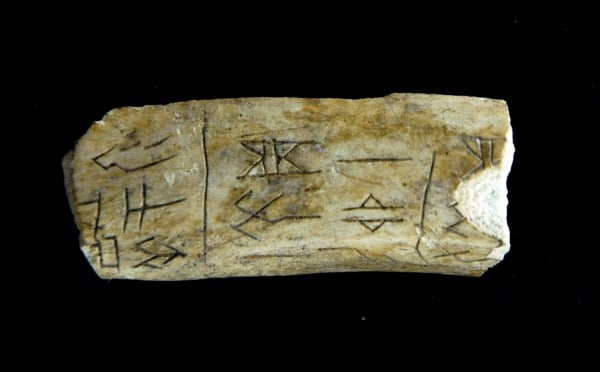
These bones and turtle shells with about 4,000 character markings were found in the early 1900s by archeologists.
Chinese Inventions | War & Fighting
Every country has a history of wartime inventions.
China’s just happens to be thousands of years old and is the foundation for many modern-day fighting machines.
China Invented Gunpowder
Considered one of the “four great inventions of ancient China”, gunpowder first made an appearance in China in the 9th century.
Chinese alchemists accidentally discovered gunpowder while searching for an elixir for immortality (or so the story goes). Ironic, considering what it’s used for, don’t you think?
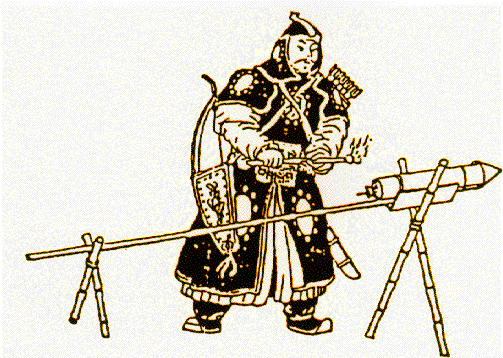
Its introduction to Europe around 1300 would have an enormous effect (the first recorded use was by the English against the French in 1346).
China Invented the Crossbow
The Chinese are credited with inventing the crossbow back in the 5th century BC.
According to Chinese texts from 200 BC, credit for this invention goes to a Mr. Ch’in, who was able to develop the crossbow with a range of over 650 feet.
The invention was transmitted to Europe during the Middle Ages fifteen centuries later.
Hundreds of years later, legendary military strategist Zhuge Liang (181-234 AD) is credited with inventing the repeating crossbow. This kind of bow was capable of firing 10 bolts in 15 seconds!
Development of Chinese Martial Arts
Martial arts was first practiced in China around the 5th century BC. According to legend, Shaolin kung fu originated about a thousand years later (5th/6th century) from Bodhidharma, a Buddhist monk from India.
Today, we tend to associate Chinese martial arts with the popular genre of film that comes out of China.
Popular figures such as Jet Li, Jackie Chan and Bruce Lee turned this form of fighting into more of an entertainment.
Chinese Inventions | Goods & Materials
In addition to the consumables and paper goods, China is also known for inventing – or at least being the first recorded user – of a number of different goods and materials.
These products are a result of the fascinating culture and traditions in China’s history.
Here is a look at a few of the most revolutionary Chinese inventions you may not have known about.
China Invented the Movable Type Printer
Two centuries before Gutenburg invented his printing press (1450), China has records of a movable type printing press in 1040 AD.
These records come from the Song Dynasty in China, and the invention later made its way to Korea in the 13th century.
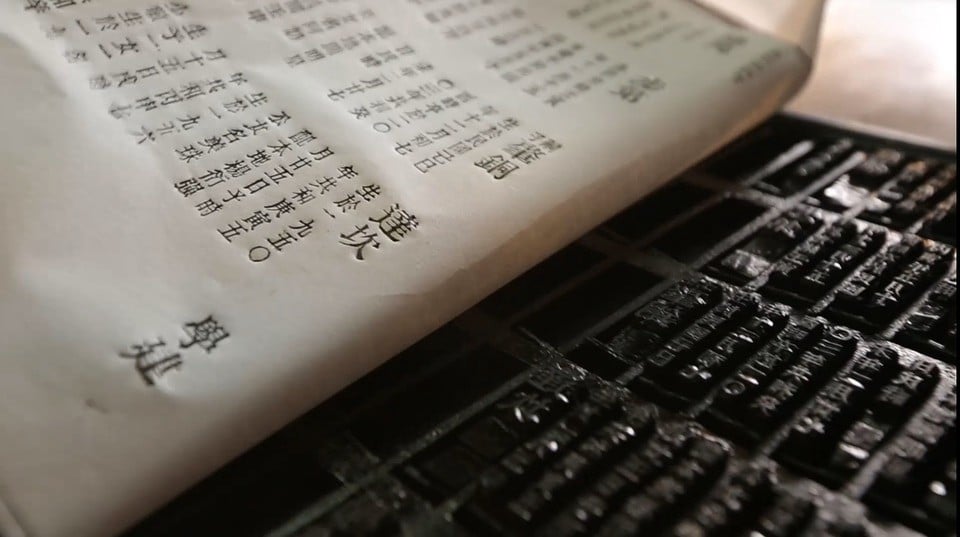
Credit for this invention of the Chinese movable type printing press goes to a man named Bi Sheng.
The movable type replaced the block printing method, which required characters to be engraved into an entire block for printing. Obviously, this was both time consuming and costly, but more than that, it didn’t allow for quick changes to be made.
China Invented Eyeglasses
According to British scientist and historian Sir Joseph Needman, China invented eyeglasses over 1,000 years ago.
By the time Marco Polo arrived in China around 1270, eyeglasses (which he mentions in his accounts) were widely used in Chinese upper class.
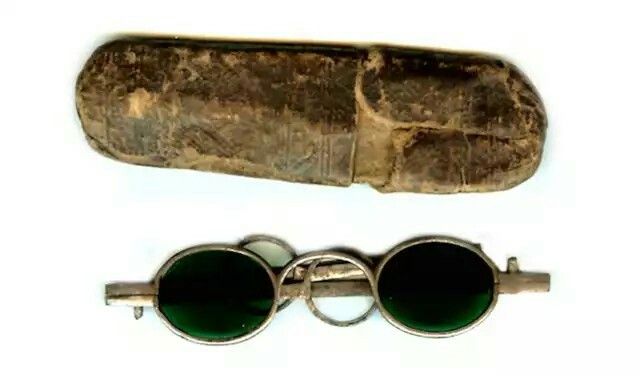
Amazingly, some scientists claim they’ve found Chinese glasses from as early as 200 BC.
These glasses were unearthed in the south (Guizhou, Yunnan, Guangzhou) and west (Xinjiang) of China and revealed a surprisingly advanced glass-making technology for the time.
China Invented the Silk-Making Process
The earliest evidence of silk dates back to around 4,000-3,000 BC in Shanxi province, where a culture silk cocoon was found. However, the earliest evidence of silk fabric dates back to around 2700BC.
In ancient China, the process of making silk was a closely guarded secret…punishable by the death penalty.
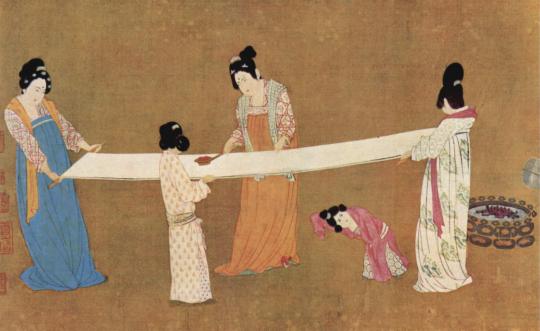
It remained a secret for thousands of years, despite the fact that it became widely exported. The Romans, who were great admirers of silk, believed that the fabric was taken from trees.
It’s unclear how or when the secret was lost. However, it was transmitted to Japan around 300AD (brought there by four Chinese girls according to one legend).
Another popular legend says that the secret was transmitted to India via a Chinese princess who hid some eggs in the lining of her head dress. Another legend has it that European monks—who were sent to China in the sixth century to discover the secret of silk—smuggled some silkworm eggs out.
China Invented the First Seismograph
The Chinese invented the world’s first seismograph, or earthquake detector, in 132 AD.
The ancient seismometer was built using a large bronze vessel with eight dragon’s heads that held bronze balls. You can see an example below.
During an earthquake, the earth’s movement would cause a ball to fall, indicating the direction of the quake.
Quite ingenious! (although it shouldn’t be a surprise if you read these facts and figures about Chinese education).
China Invented Hot Air Balloons
China is credited with inventing the hot air balloon during the Three Kingdoms era (220-80 AD).
These unmanned balloons, known as Kongming lanterns, were airborne lanterns that were initially used for military signaling.
Later, these lanterns were adopted all across southeast Asia. Even today, thousands of these lanterns can be seen floating through the air in Thailand during the Loi Krathong festival.
China Invented Pottery and Porcelain
Some of the world’s earliest pottery was found in a Yuchanyan Cave in southern China. A 2009 report of the Proceedings of the National Academy of Sciences reports that it dates back to 18,000 years ago.
The Chinese invention of porcelain came around the Han Dynasty (206-220 AD).
This is when experts estimated the Chinese were baking pottery at extremely high temperatures (1260-1300 C) to produce high-quality, thin and hard porcelain.
During the Tang Dynasty (618-907), porcelain was mass-produced in large quanties and exported to the Islamic world. When it reached Europe, it was called “china”.
Final Thoughts on Chinese Inventions
It’s clear that China has a long history of innovation, as evidenced by all of these Chinese inventions. The people of China are proud of this culture of innovation and if you take the time to listen, they’ll tell you all about the “Four Great Inventions of Ancient China”.
Slowly, modern China is changing the narrative back to its historical roots.
They want to earn the reputation of being innovative again, to redefine what “Made in China” really means.



